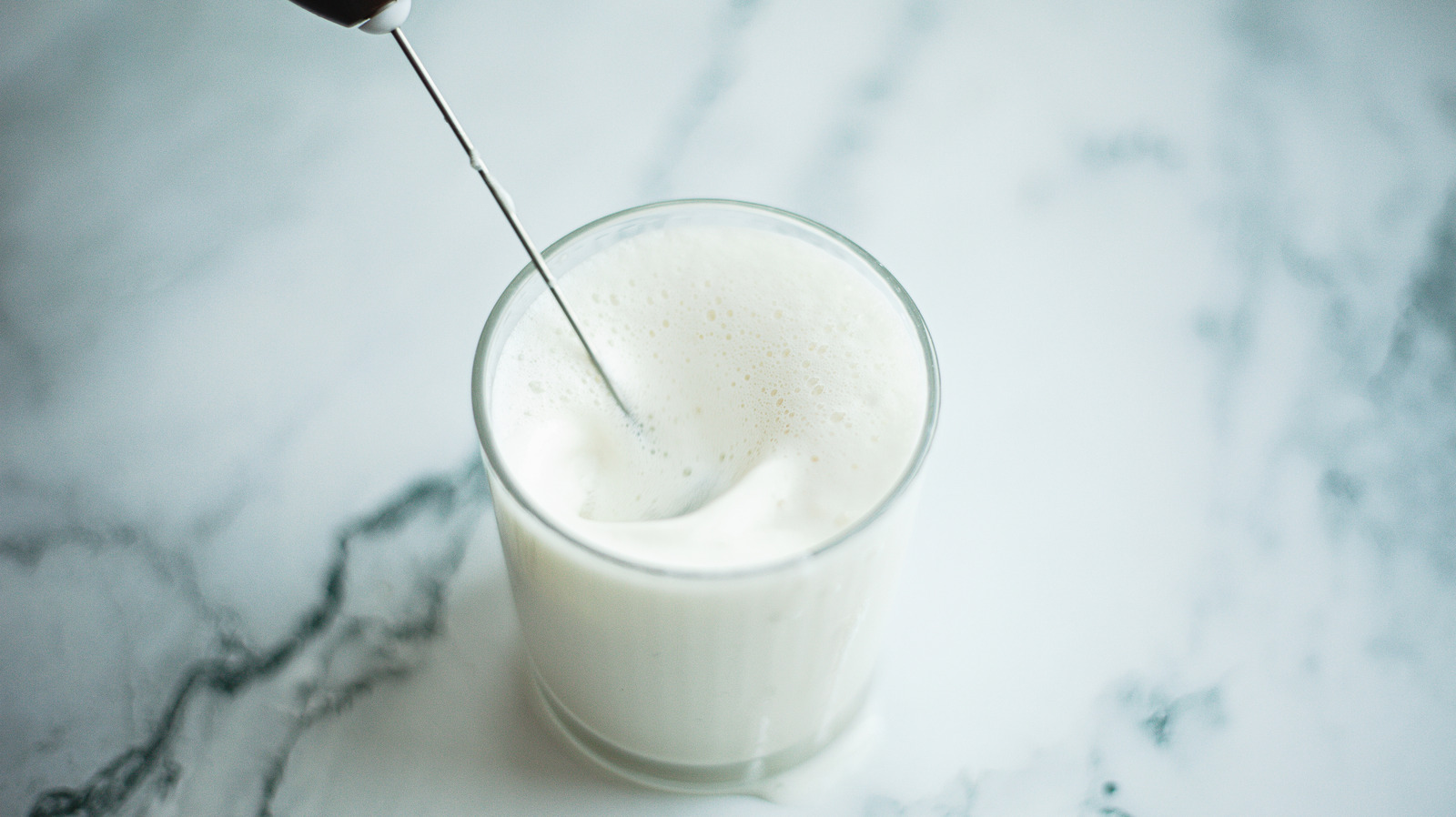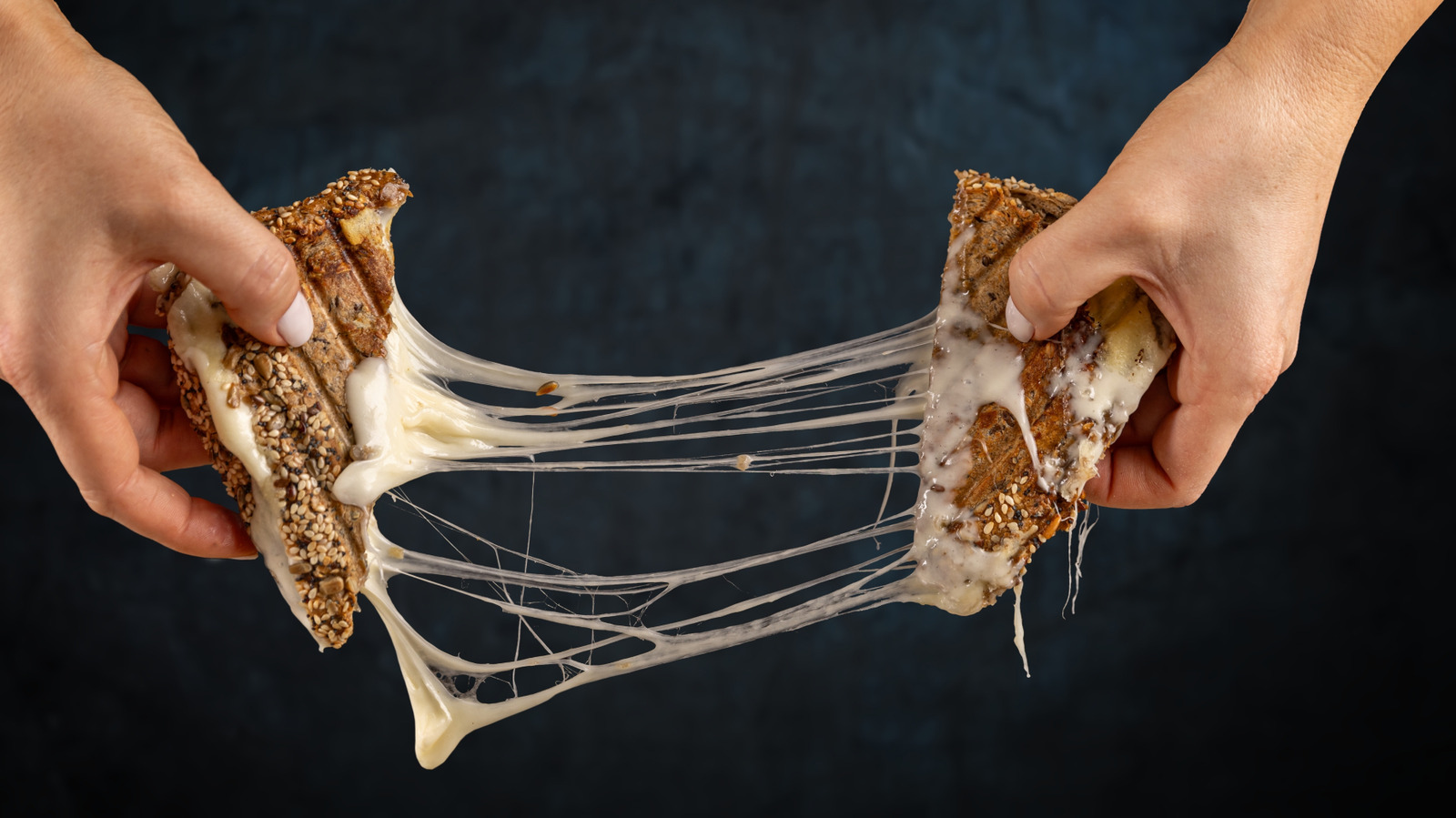While pork is only the third most consumed meat in the U.S. per capita, at 51.
1 pounds per person annually, per Statista , its popularity shows no sign of waning. Certainly bacon has a cult following, but two other cuts are immensely popular among consumers, the pork loin and pork tenderloin. Indeed, in my 18-year career as a professional chef of a fine dining restaurant, they were two of the most frequently requested cuts of meat, not because they were so unusual, but because they took a little finesse to prepare well.
Though the pork loin and pork tenderloin hail from similar parts of the pig, they couldn't be more different in terms of texture, flavor, and quality. In order to prepare these cuts to their maximum potential, one needs to understand not only where on the pig they come from, but how they differ. By taking advantage of the distinct characteristics of the pork loin and pork tenderloin, one can produce a meal that is flavorful, moist, and festive.
Read on to discover the ins and outs of cooking and eating the pork loin and tenderloin the way a chef would. What is a pork loin? Before launching into what the pork loin is, it is important to understand the basics of pork butchery. The pig is divided into four distinct segments, known as primal cuts: the shoulder, loin, leg, and side or belly.
From these, every other cut sold on the market is obtained. The pork loin is sourced from the loin primal of the pig. This section is located along the back of the animal.
Beca.











:upscale()/2024/12/23/986/n/1922441/ae269e286769e6f5b332b2.08351138_.jpg)







